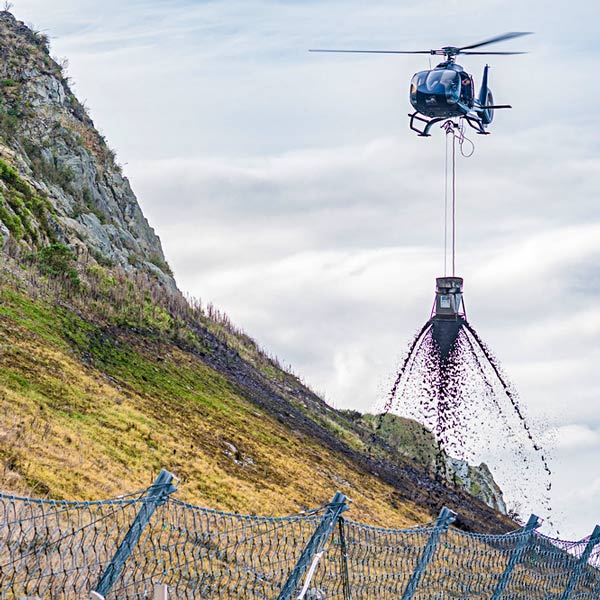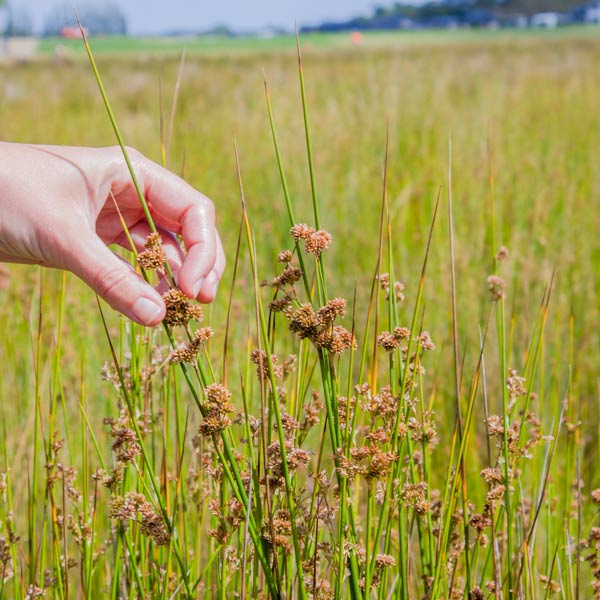Ōtakaro Red Zone Aerial Mapping and Monitoring
CASE STUDY
Ōtakaro Red Zone Aerial Mapping and Monitoring
Various suburbs, Christchurch
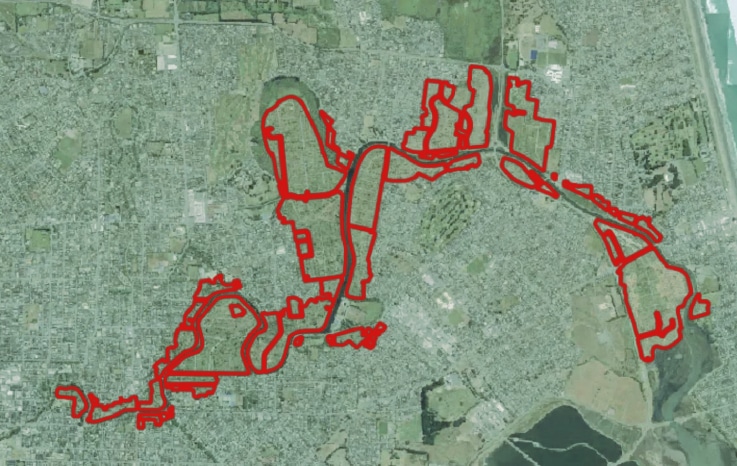
Backstory:
Post earthquake, over 8000 homes were demolished within 6.14 km2 of Christchurch and deemed residential red zone (RRZ).Being such a large piece of land in the heart of Christchurch, many stakeholders have a vested interest in making plans for the land.
CCC has a desire to integrate technology and smart information systems to help assess land use and make informed decisions.
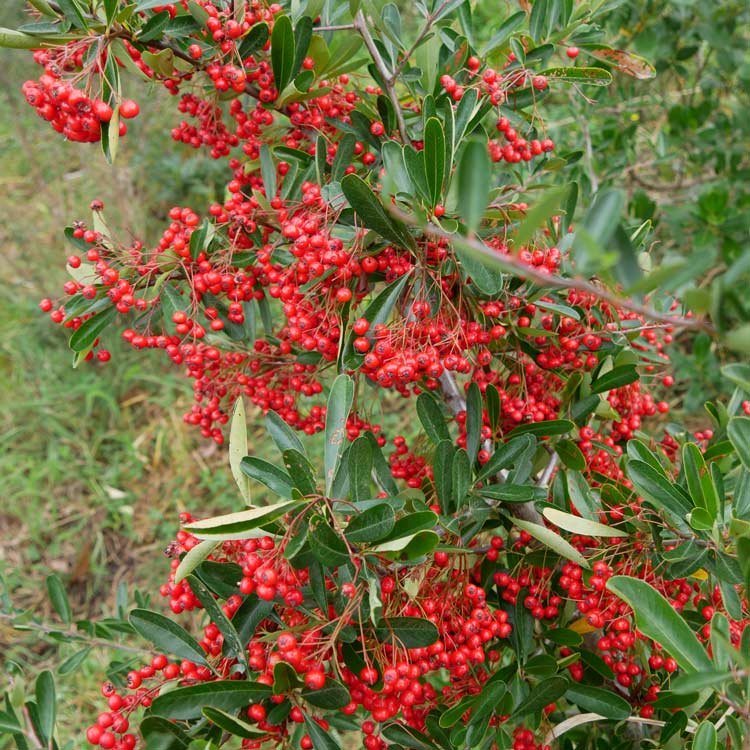
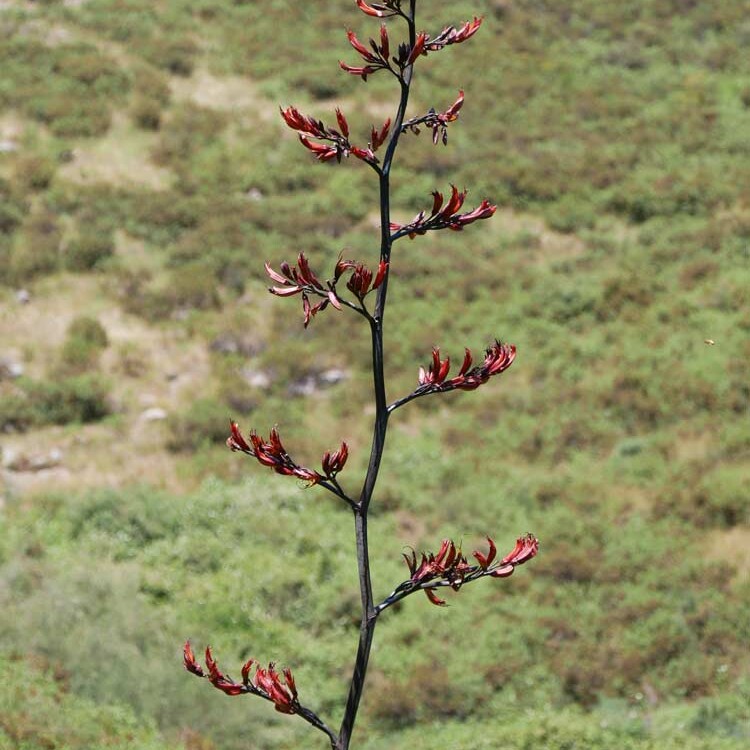
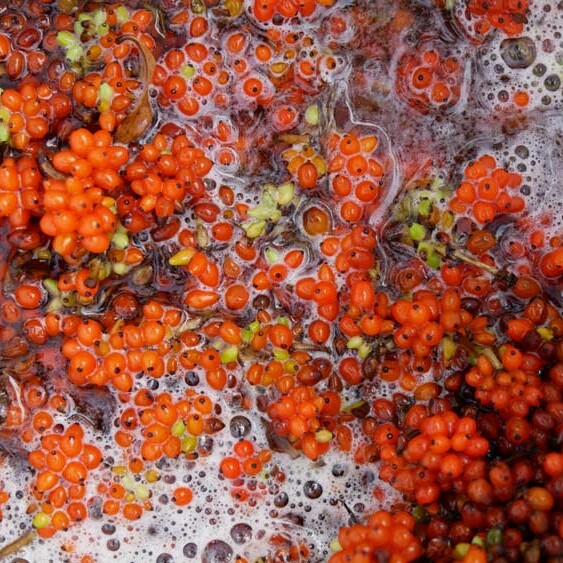
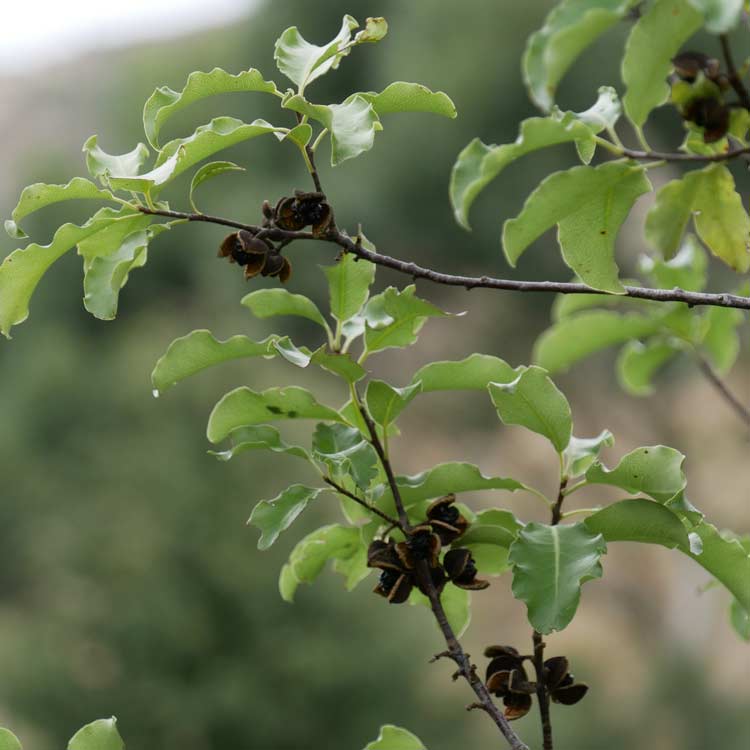

The Challenge:
What do we do with this empty land?
Between the scope and scale of the RRZ, the diversity in land use, potential for further liquefaction, and minimal topological or hydrological information available, making decisions about the future of this land became extremely challenging.
CCC had minimal information about the changes in land use, ecological growth and development, or elevation changes over time for this piece of land.
The Solution:
It was proposed to map the RRZ areas with our multispectral drone, capable of providing high tech images of the landscape; stitching the entire RRZ into one map that can be monitored over time.
Multispectral imagery is able to read chlorophyl levels in plants, see soil moisture levels, assess plant health, and give more defined data to AI.
With the inclusion of AI, we are able to recognise existing plantings, provide species differentiation, and create shapefiles for use across multiple platforms.
Data captured during this project will be used by CCC to develop an app that informs species selection for planting projects within the RRZ.
Outcomes:
High resolution orthomosaic maps including multispectral indices.
Data provided to client able to be used across multiple disciplines.
Simple way to see changes over time.
Cost effective comparatively to fixed wing.
Greater Wellington Large Scale Ecological Restoration
CASE STUDY
Greater Wellington Large Scale Ecological Restoration
Greater Wellington
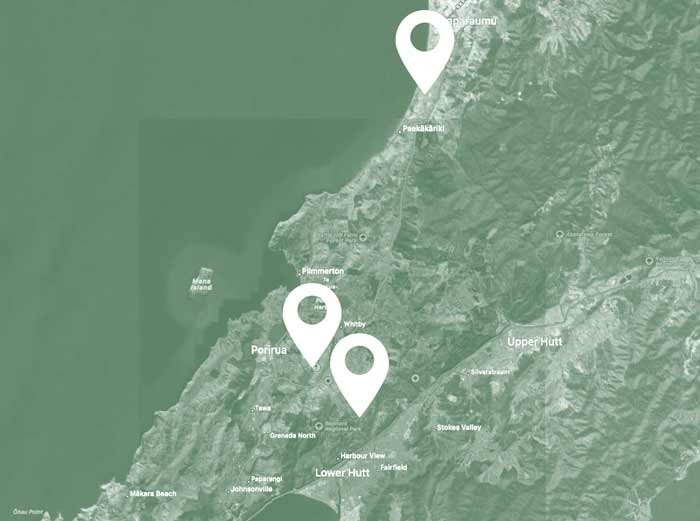
Backstory:
Greater Wellington Regional Council initiated the Recloaking Papatūānuku project in 2022 and Red Tree was engaged on the ecological restoration panel in 2023. The project spans 10 years and aims to restore approximately 1,500 hectares of retired farmland in regional parks to native forest, in line with the Council’s 2030 carbon neutral goal.
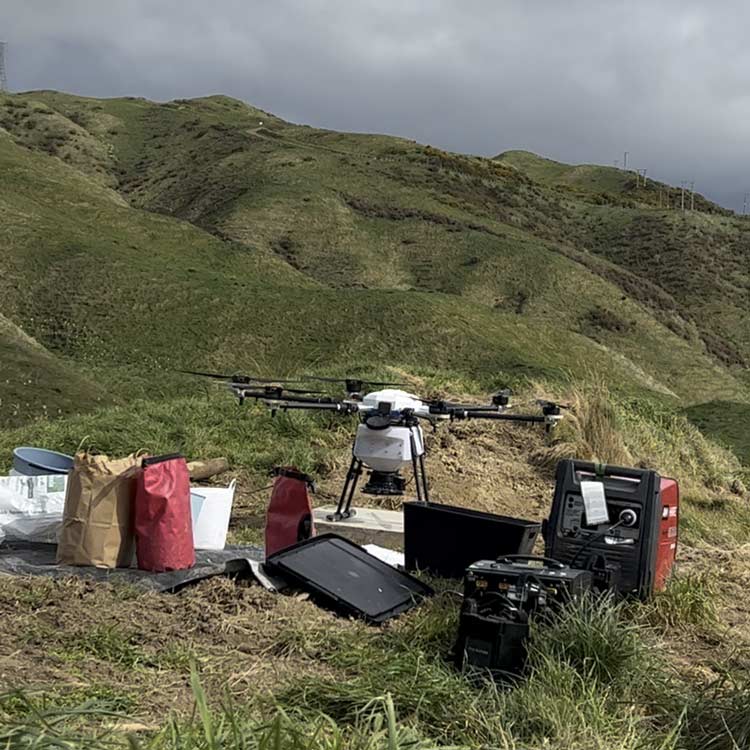
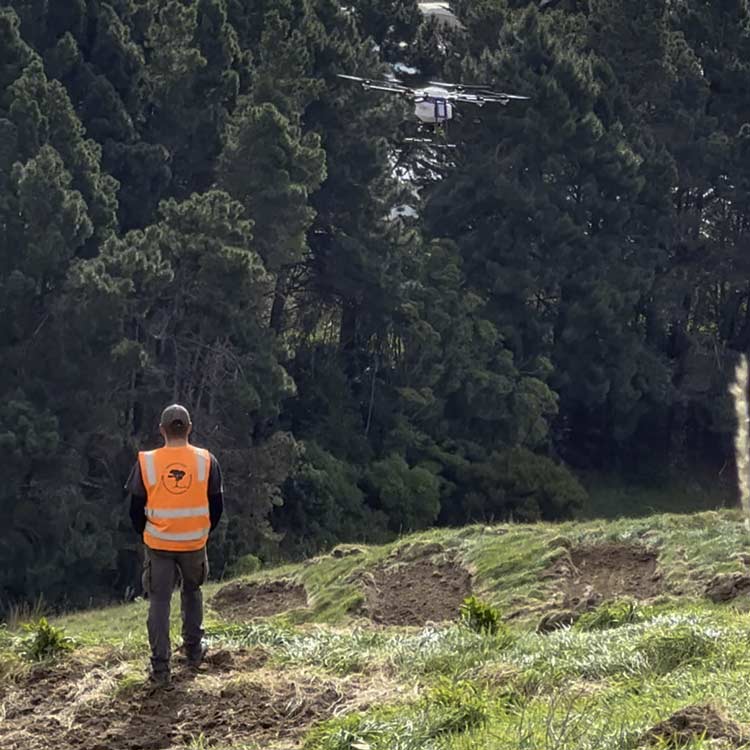
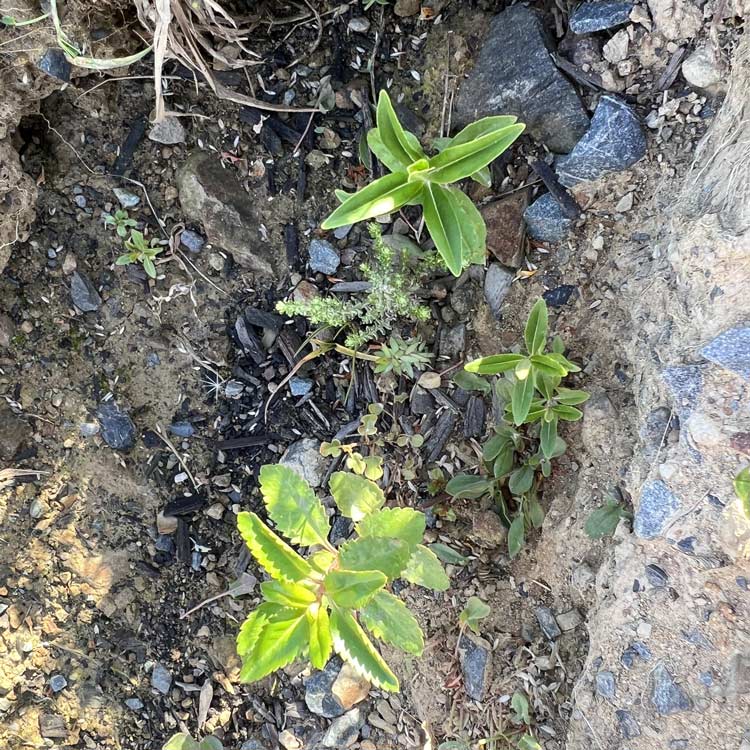
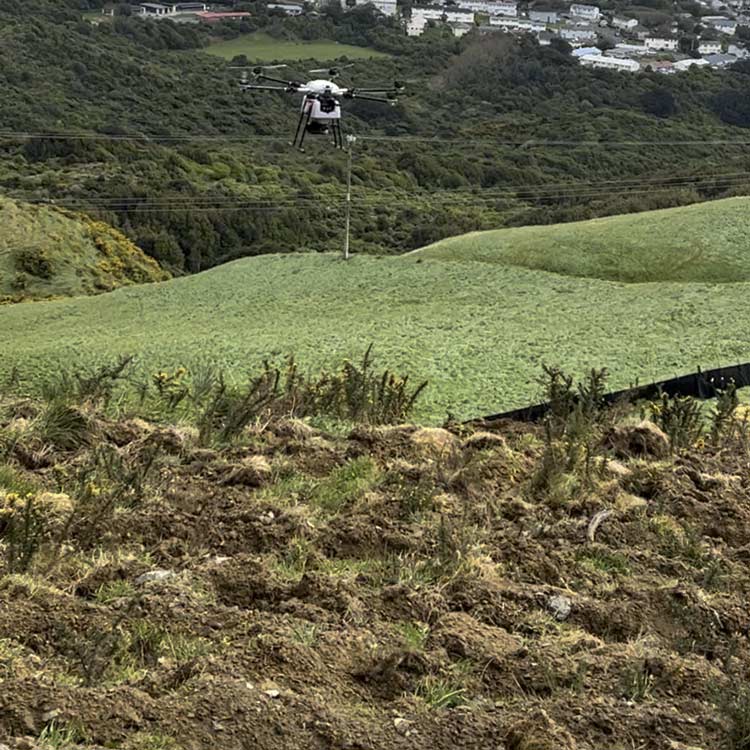
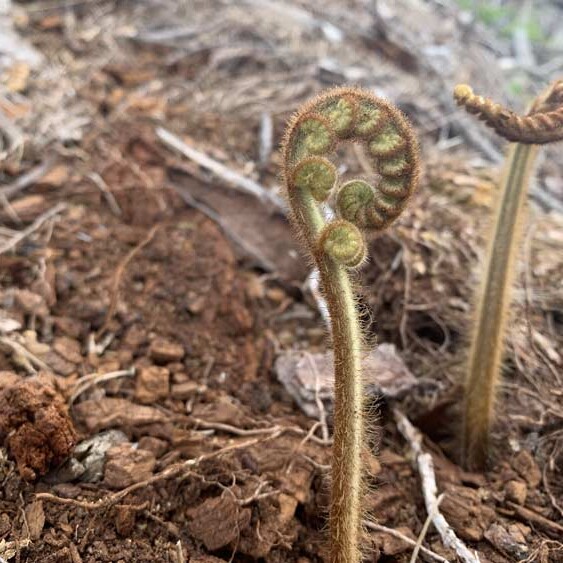
The Challenge:
Given the scope, volume of plants, and resources required to deliver this project, it seemed beyond the capability of a single contractor to deliver. Greater Wellington Regional Council set about to gauge interest from specialists within the ecological restoration industry.
The primary sites are spread across Queen Elizabeth, Belmont, and East Harbour regional parks. Some sites are exposed and, transitioning from retired pasture to natives, results in a period of high fire risk as the grass grows before native canopies are established.
The Solution:
A panel of experienced contractors was established in 2022 to deliver this visionary project.
In that same year, Red Tree conducted nine Enviroblanket® trials across the three regional parks to ascertain the viability of direct seeding in Wellington.
Eco-sourced seed was collected for direct seeding and propagation for traditional revegetation methods.
After being accepted onto the panel, Red Tree traditionally planted 120,000 natives during the winter of 2023.
The direct seeding trials were successful and resulted in Greater Wellington Regional Council scaling up and engaging Red Tree to apply 8.5 hectares of direct seeded Enviroblanket® in the winter 2023.
On one 2.5 hectare site, Waitangirua, Red Tree utilised an innovative eco-divot methodology. This is an approach developed from the Enviroblanket principles of ecological succession and biomimicry.
The method involves blending eco-sourced seed from pioneering native plants with locally sourced compost. Ground disturbance is created by earthmoving equipment and the blended seed mix is dispersed either by drone or by hand.
Following a natural period of winter stratification, seedlings have emerged en masse to colonise the disturbed ground.
Weed management and monitoring of nutrient levels are undertaken to achieve the correct balances during the maintenance phase.
Outcomes:
Germination and stocking rates in line with projections
Just under a year on, the eco-divot methodology is achieving a consistent establishment of 7-9 species of pioneer native plants and in line with projected densities of 2-4 stems per square meter
The 120,000 natives traditionally planted by Red Tree plant technicians applying best horticultural practices in 2023, have achieved a 95% survival rate to date
Red Tree established a team and operational base in Wellington
We have empowered the local community to get involved by working closely with keen volunteers from the Kapiti Coast Biodiversity Group
Greater Wellington Regional Council’s visionary Recloaking Papatūānuku project is leading the way nationally in catchment restoration. They aim to plant 750,000 plants each year for the next 10 years. Red Tree is proud to be part of this project and contribute to solving some of the supply, implementation, and maintenance challenges with innovative ecological solutions
Stuff News Article: Native seed mats restoring red-zoned Port Hills properties.
NEWS
Stuff News Article: Status Green: Native seed mats restoring red-zoned Port Hills properties.
Click here to read this article on Stuff.co.nz: Status Green: Native seed mats restoring red-zoned Port Hills properties.
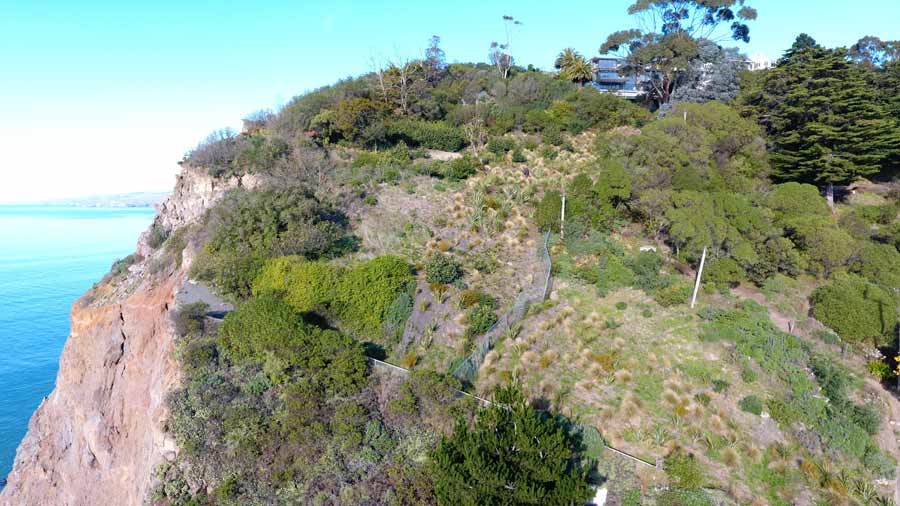
Otago South River Care
NEWS
Otago South River Care
Native seed was flown onto a gully by drone today as part of our trial to see if we can establish natives without the need to plant individually in South Otago. Turn up the volume for the story!
Hot Take: Biodiversity, a billion dollar question
NEWS
Hot Take: Biodiversity, a billion dollar question
"Invest in nature they say" - but why, who, how, and more importantly, HOW MUCH!? Tune in to hear three perspectives from our network on the biodiversity crisis with a focus on the financial challenges. We will have an overview on the crisis, a deeper look at the financial opportunities and challenges that are emerging in the industry, and an SME who is on the ground actively tackling these issues.
Motorway Landscaping
CASE STUDY
Motorway Landscaping
Kerikeri Bypass, Northland
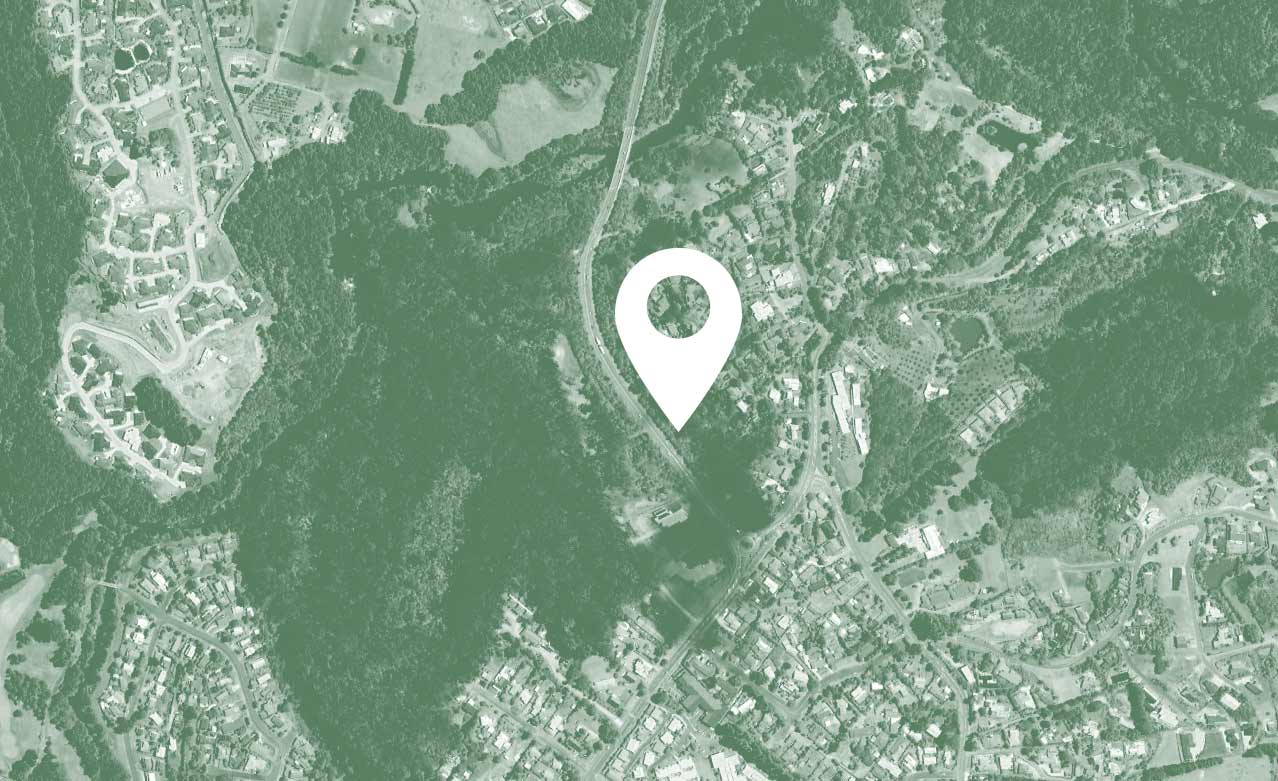
Backstory:
The Kerikeri bypass construction was a significant civic project, requiring high amenity value landscaping.
The bypass consisted of 1.5 km of motorway, an over bridge with multiple planting zones from dry forest to wetland.
This was one of Red Tree’s largest standard revegetation projects to date, with over 60,000 plants going in the ground.
This project initiated Red Tree’s taste for projects of scale and native revegetation.
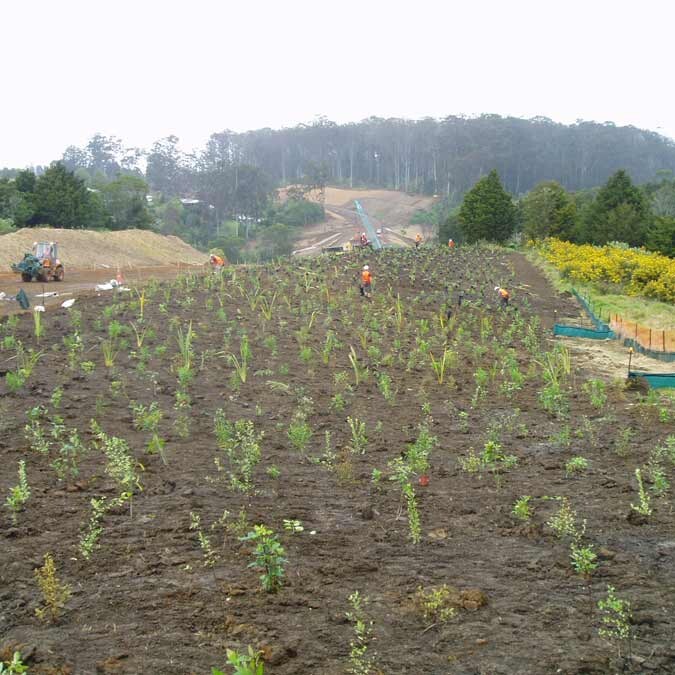
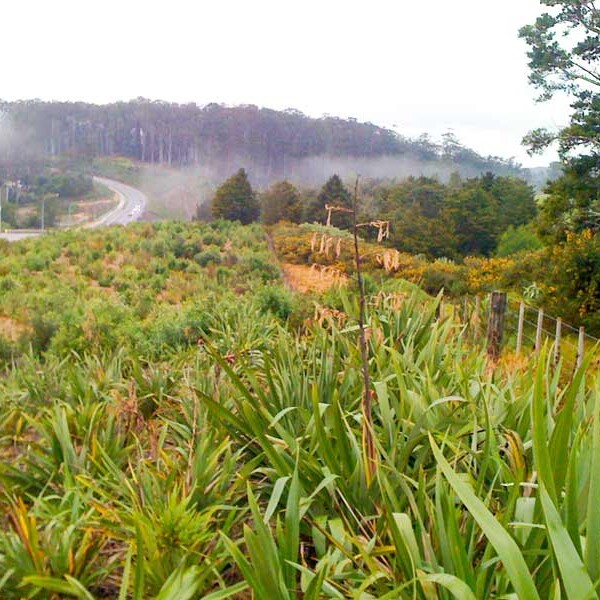
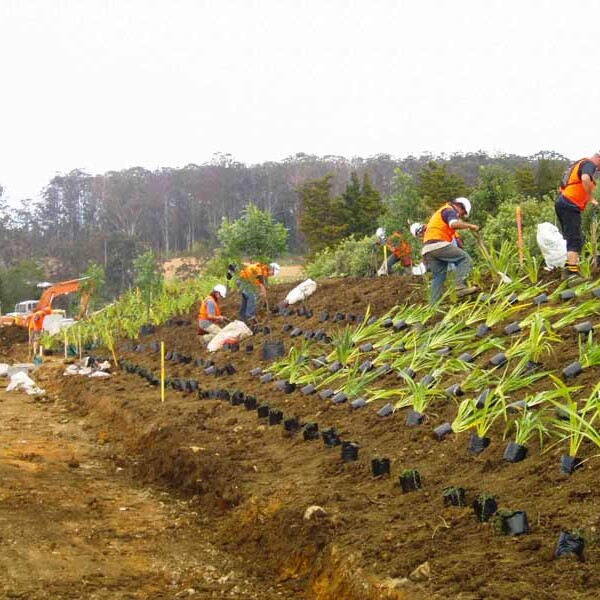
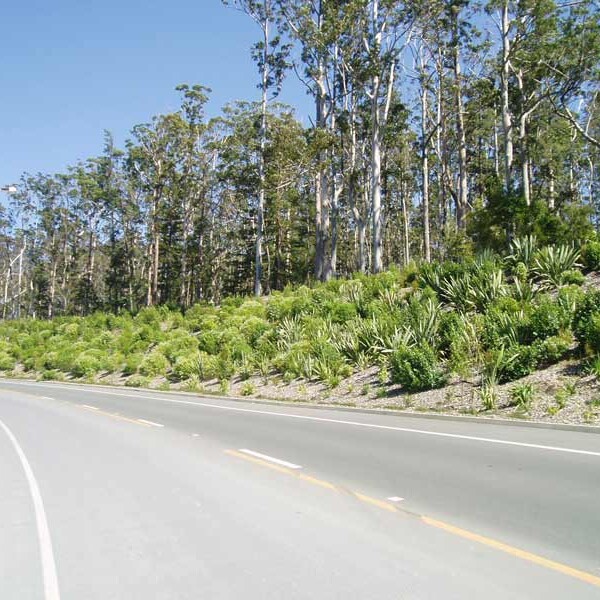
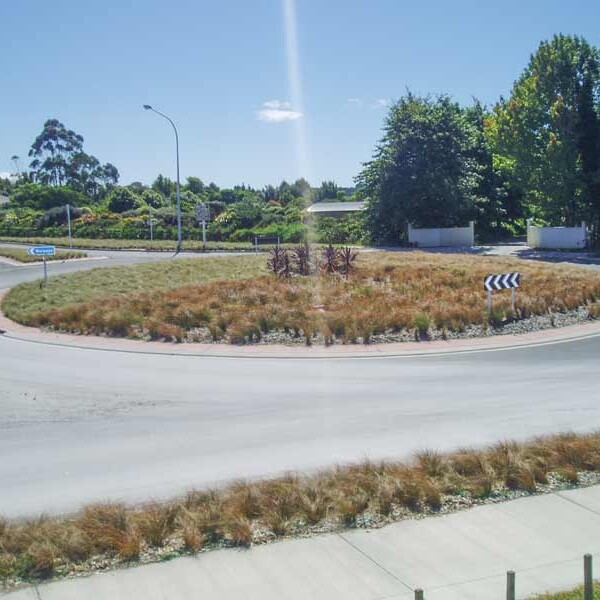
The Challenge:
This project was labor intensive therefore required a high level of staff motivation and effective project management to ensure planting quality. The challenge was to work around heavy machinery, as the motorway was being built. The lead contractor was HEB’s construction.
The Solution:
Using reliable and reputable nurseries, we ensured high quality and robust plants. With a large planting team, we were able to effectively complete the planting in the short seasonal time frames.
Outcomes:
Fantastic establishment three years on.
The vegetation is verdant and has contributed greatly to the amenity value of the bypass.
Provides prime food source for native birds.
Wetland Enviroblanket
CASE STUDY
Wetland Enviroblanket®
Cashmere Valley, Christchurch
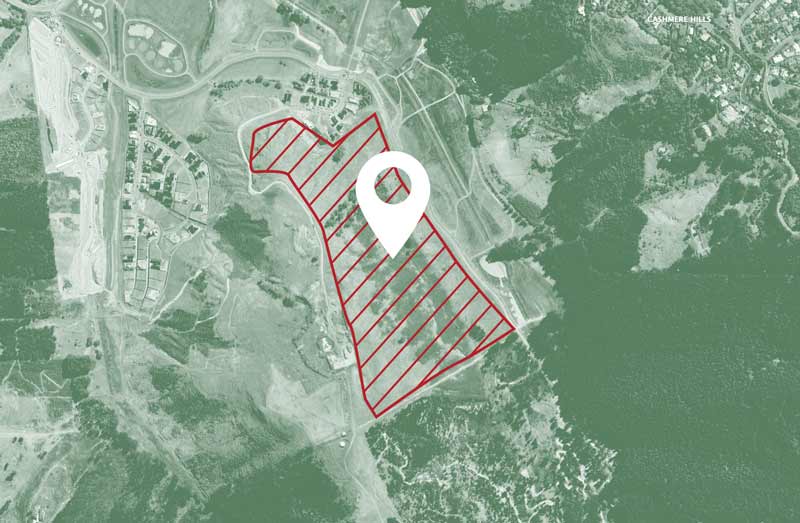
Backstory:
The 2017 Port Hills wildfires tore through tinder dried grass lands, ignited commercial forestry plantations, and devastated large swathes of established native bush. The suburb of Cashmere was on high alert as the fire jumped the road from rural areas into the upper reaches of high density urban environments. The fire burned through 2000 hectares, destroying multiple homes and leaving much of the area’s vegetation desolate, barren, and prone to erosion.
To provide backflow flood prevention and sedimentation control for the Heathcote River, Christchurch City Council Waterways and Catchment Management Team designed and implemented a stormwater detention basin downstream of the Christchurch Adventure Park. To create the basin, the area was lowered by 300 mm with a flood gate installed to manage discharge into the Heathcote. Stormwater detention allows sediment to be deposited, reduces peak flow attenuation, and allows water to be slowly released after the rain event has passed, so as not to overload the Heathcote River.
Christchurch City Council contracted Red Tree to revegetate a six hectare section of the detention basin. The newly created wetland required native vegetation to facilitate ecosystem services such as groundwater replenishment, sediment and nutrient retention, and water purification. In addition, native vegetation enhances the aesthetic and cultural value of the wetland and beautifies public walkways through the wildlife habitat.
The Wetland Enviroblanket® was applied in the Winter of 2020. New Zealand native species, particularly grasses, sedges, and reeds suited to the wetland environment were included in the seed mix. Straw mulch was then applied over the exposed areas and crimped into the ground to meet Environment Canterbury’s erosion and sediment control guidelines.
"Ecological succession is a race for domination; a process by which species best adapted to local environmental conditions succeeds."
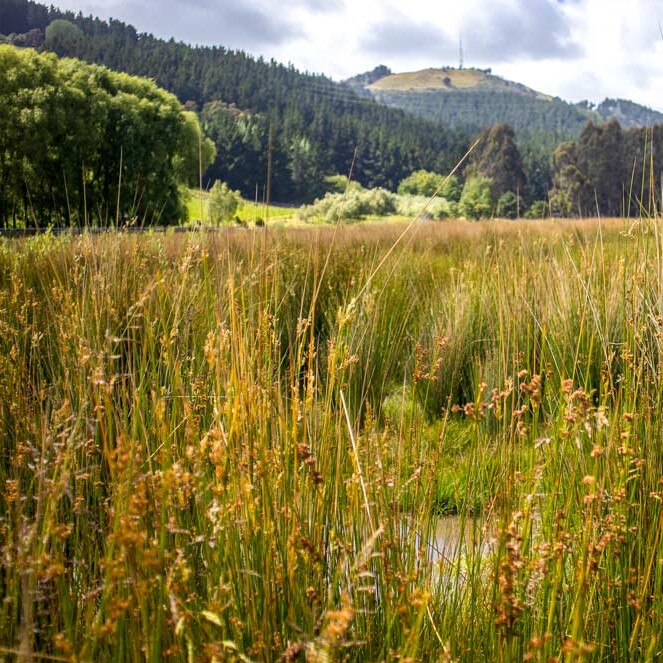
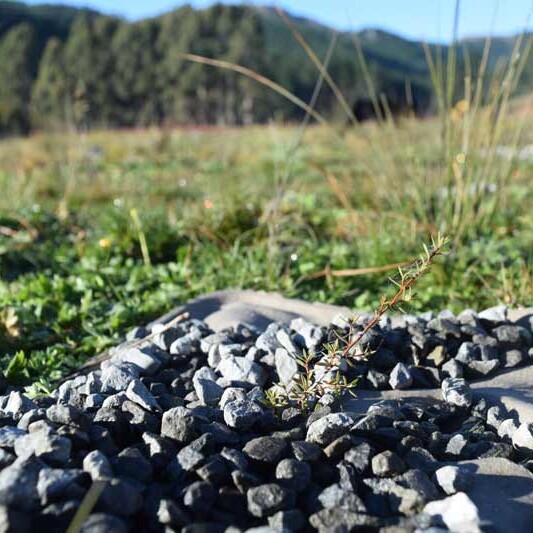
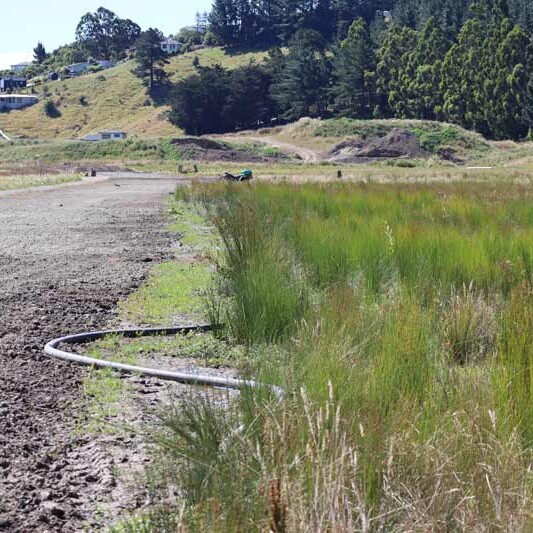
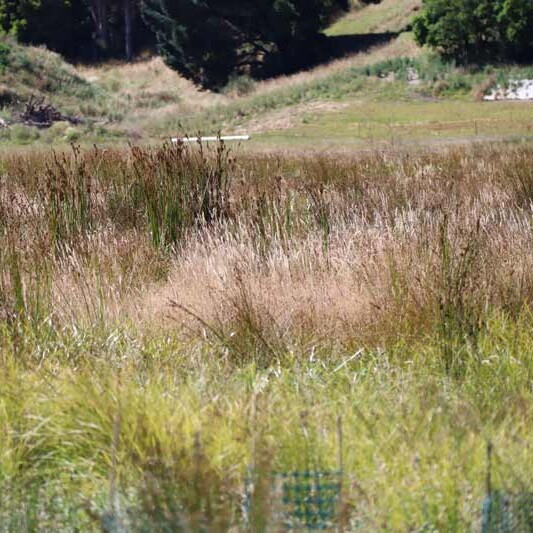
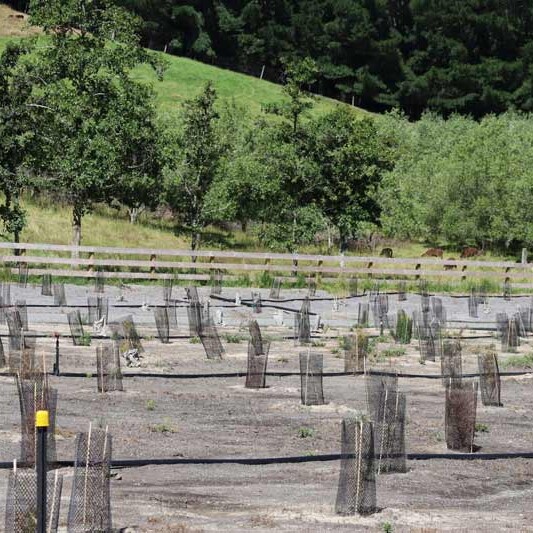
The Challenge:
Ecological succession is a race for domination; a process by which species best adapted to local environmental conditions succeeds. Exotic weeds metabolise faster than native species and without intervention, gain the upper hand; weed competition is the greatest hurdle to successful native restoration.
Four years ago, the Enviroblanket® began with small scale trials, effective on vertical faces and hard to access areas; however, as we scaled up and diversified into wetlands and riparian margins, it became clear that versatility and resource optimisation was needed to achieve a cost-effective outcome.
The Solution:
Red Tree developed innovative and unorthodox herbicide application methodologies to overcome the exotic weed competition by combining boom spraying, weed wiping and drone technologies. These breakthrough weed management practices have facilitated effective knock down of competing species and has allowed native wetland plants to emerge.
The resource optimisation process required to upscale the Enviroblanket® refined biological blends and optimised sewing timings, cultivation techniques, herbicide use, species selection and order of delivery.
Outcomes:
Consistent and healthy germination can be seen throughout the direct seeded wetland area with the emergence of broad swathes of native wetland grasses, sedges, and reeds.
Germination and stocking rates are in line with initial projections and the site is maintaining consistent hydration levels.
Intelligent drone technology precisely delivered payloads and gathered multi-spectral data from a bird’s eye view.
Significant breakthroughs on this project allowing for future collaboration, upscaling, and continued innovations for the Enviroblanket®’s design and application.
Volcanic Rim Ecological Restoration
CASE STUDY
Volcanic Rim Ecological Restoration
Sumner Road, Christchurch
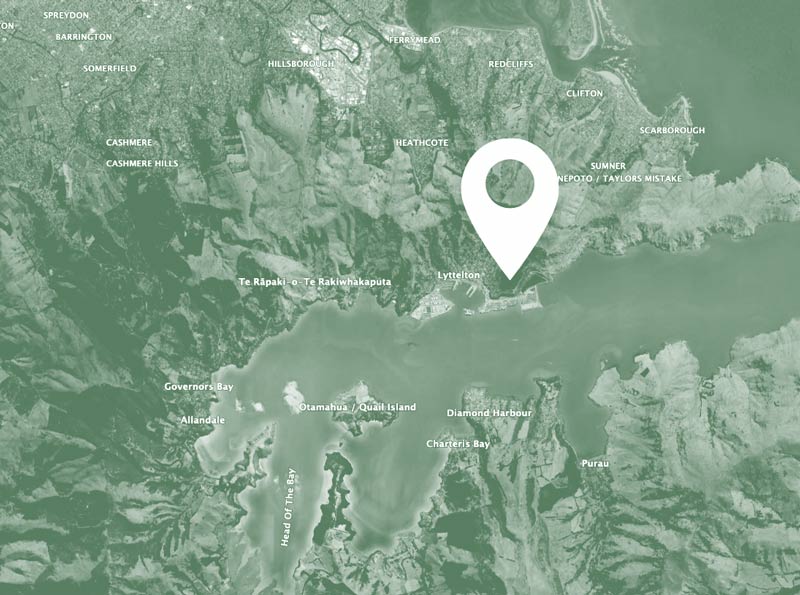
Backstory:
Following the 2011 Christchurch earthquake sequence, the road connecting Lyttelton to Sumner suffered immense destruction due to unprecedented rockfall and cliff collapse. In 2015, the Christchurch City Council (CCC) and New Zealand Transport Agency (NZTA) made the decision to reopen the road, undertaking a project of enormous scale.
In 2018, geotechnical rope access teams were required to scale the cliff face, removing loose rocks to protect the road rebuild. Unfortunately, the impact of this scaling operation destroyed a high percentage of the existing vegetation below, leaving only remnants and exposed soils. CCC commissioned a catch-bench design that would act as a first line of defence in preventing rockfall onto the new road below.
In order to rebuild the road, consent conditions required negative environmental impacts, caused by the construction project, to be offset. Red Tree, specializing in post-natural disaster ecological restoration, were approached and contracted to manage erosion, stabilize the land, and remediate the ecology above Sumner Road. Flax comprises a high percentage of the plantings in high risk rockfall zones and at maturity (as witnessed in other red zone sites), act as a second line of defence in preventing rock escape onto Sumner Road.
"Red Tree, specializing in post-natural disaster ecological restoration, were approached and contracted to manage erosion, stabilize the land, and remediate the ecology above Sumner Road."
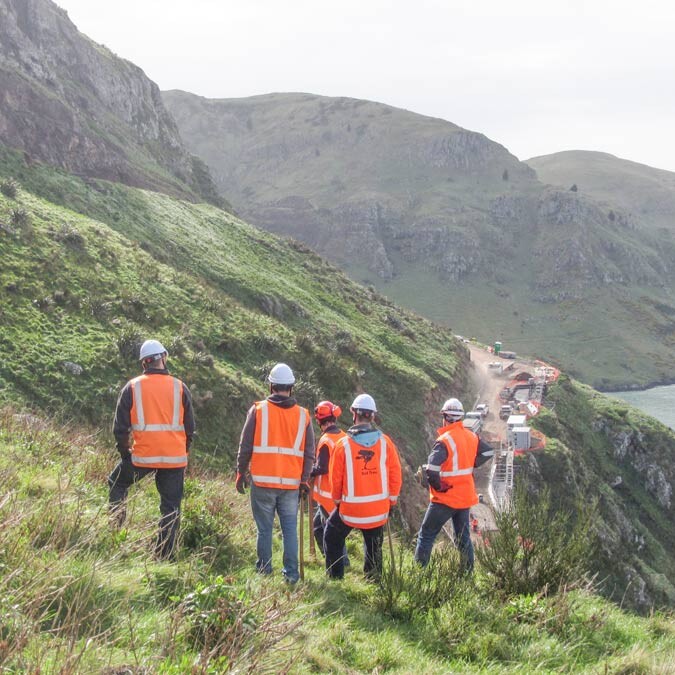
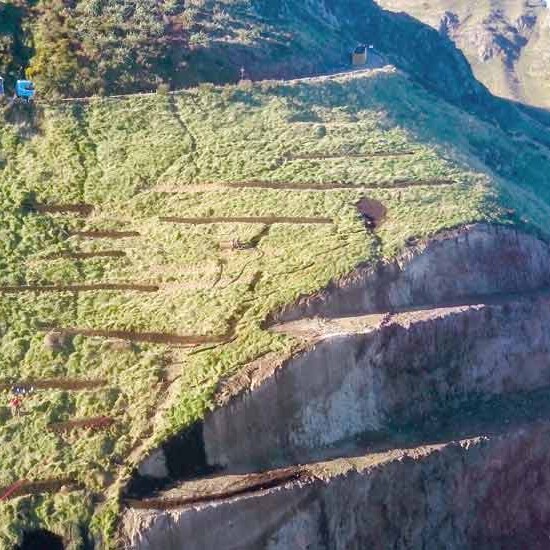
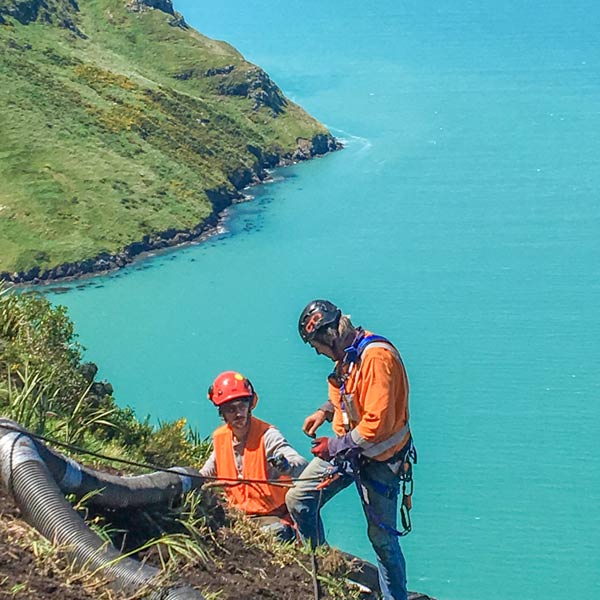
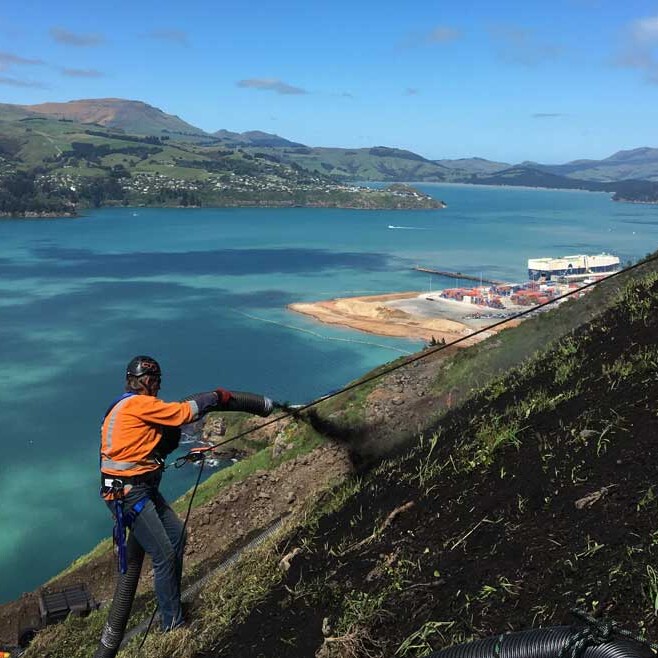
The Challenge:
The topography was the major challenge Red Tree faced in this project; the elevated gradients and unstable terrain of the volcanic rim resulted in strenuous working conditions. Vigorous health and safety protocols had to be upheld in order to mitigate the risk to the multiple contractors onsite. In addition, a high population of possums within the restoration area posed a significant risk to native establishment.
In order to deliver the traditional planting phase of the project, native plants had to be brought onsite and distributed along the hillside. The difficult access and steep terrain made this very challenging for our team. At first, Red Tree Plant Technicians carried plants manually up the slopes; however, we quickly learned that the risk of physical stress and fatigue had to be mitigated.
The Solution:
A land stabilization Enviroblanket® was applied pneumatically across the exposed area below the catch-bench for rapid establishment of exotic grass species. Compost was used to boost substrate nutrients, provide erosion control, and to filter sediment runoff. This process required anchor points to facilitate rope access across the work site and to scale vertical faces between regions.
Following on from the Enviroblanket® application, Red Tree was contracted by CCC to traditionally establish ~25,000 plants along Sumner Rd. Teams of Red Tree Plant Technicians, trained in rope access, completed the planting and worked closely with McConnell Dowell, Golder Associates, and Boffa Miskell for traffic management, rockfall risk mitigation, and biosecurity respectively.
Geovert installed a rockfall risk mitigation fence below the working areas to act as a third line of defence in preventing rocks falling onto the road below. This meant the road could remain open while Red Tree undertook ongoing planted maintenance.
Challenging access and the necessity to reduce fatigue required Red Tree to come up with an innovative method of transporting native plants up the hillside. After considering various options, it was decided that the plants would be airlifted. Way2Go Heliservices commenced the airlift, delivering the plants in one tonne customised bags and positioning them along the hillside ready for planting.
Outcomes:
The disturbed area below the cliff face, where the Enviroblanket® was applied, was transformed from a harsh rocky incline to being 100% vegetated and stable within three weeks post-application.
To date, no rocks have breached the installed rockfall prevention fence.
It is very satisfying to see the planted natives establishing well with minimal losses. Ongoing maintenance will allow for hand releasing, infill planting, and pest animal control guaranteeing the restoration project’s continuing success.
The road is now open and is one of Canterbury’s most iconic drives. The revegetation works undertaken by Red Tree not only re-established biodiversity but also added aesthetic and ecological value to the area; the surrounding landscape is now green and aesthetically beautiful.
Post-Earthquake Native Revegetation
CASE STUDY
Post-Earthquake Native Revegetation
Port Hills Red Zone, Christchurch
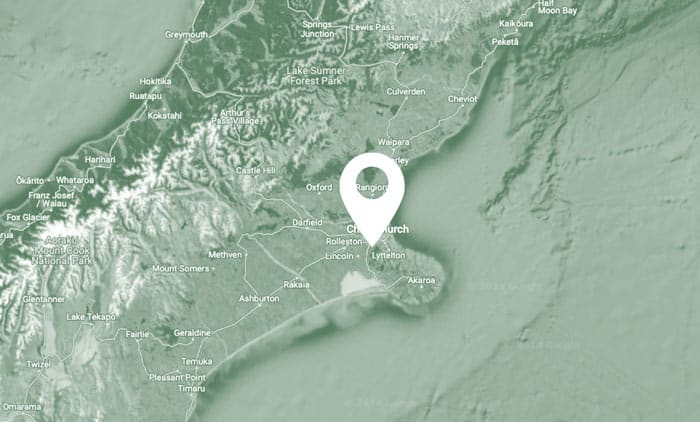
Backstory:
As a result of the sequence of Christchurch earthquakes between 2010 and 2011, many houses across the Port Hills were red zoned as the land became unsuitable for residential habitation. Land owners settled with the Crown, houses were demolished and the bare sections were recontoured. To restore the landscape, it was decided that the vacant sections would be revegetated with New Zealand native species.
In June 2017, Red Tree was accepted onto Land Information New Zealand (LINZ) panel as a preferred contractor for Port Hills Red Zone Indigenous Planting and Maintenance.
"Nature abhors a vacuum and in ecological terms that translates to, “ bare earth will not be tolerated”. In short order, Mother Nature covers exposed earth, as without protecting vegetation the earth surface is highly susceptible to wind and water erosion."
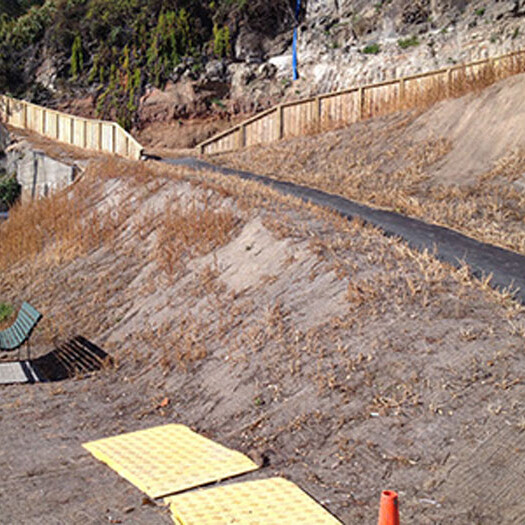
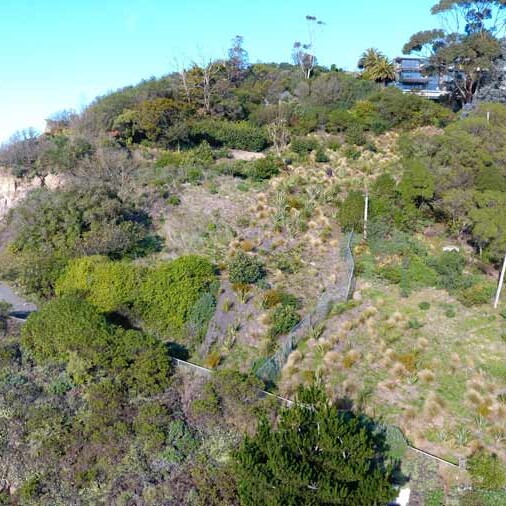
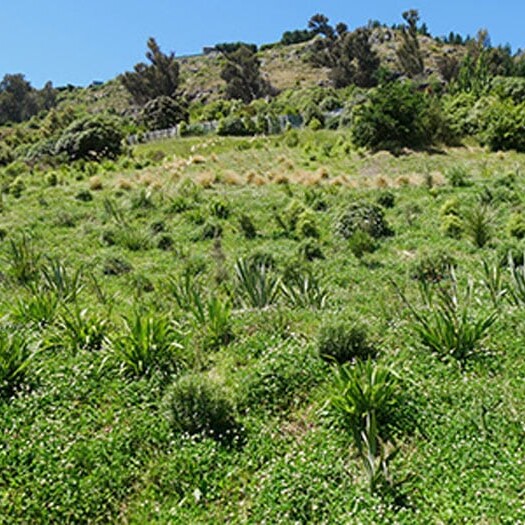
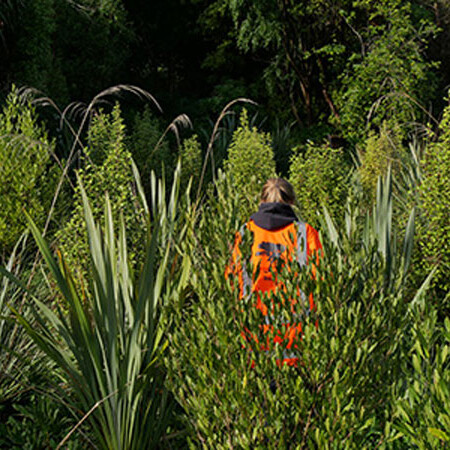
The Challenge:
Scope of work for the post-quake landscape remediation involved the maintenance and management of 7.6 hectares of planted Port Hills Red Zone sites, in the rim locations of Governors Bay, Lyttelton and the hill suburbs through from Sumner to Cashmere.
The challenge for Red Tree was to establish native plantings and binding ground covers on tough clay substrates, gradients and North-facing aspects to revegetate and stabilise the land.
Establishing native plants were forced to compete with invasive weed infestations of Fat Hen, Californian Thistle and Mallow, utilising organic weed control in high density residential zoning.
The Solution:
Nature abhors a vacuum and in ecological terms that translates to, “ bare earth will not be tolerated”. In short order, Mother Nature covers exposed earth, as without protecting vegetation the earth surface is highly susceptible to wind and water erosion. Downstream sedimentation is the consequence!
Red Tree utilized a clover plant companion technique; attractive to insects and bees, this versatile legume, with its distinctive flowers and cheerful foliage, belies a mass of rubbery roots that work to fix nitrogen into the soil as it creates a tenacious mat to bind the earth.
Clover species are numerous and by introducing the variety of clover containing the most appropriate attributes to the disturbed urban hillside sites, we were effectively able to suppress the existing bank of less helpful weeds and in conjunction with jute matting, quickly stabilize the cut faces.
In Nature nothing is wasted, everything is recycled. Red Tree Plant Technicians then hand release the natives, cutting out weeds around the stems and using the recycled biomass as a mulch around the plants. Topping using bush cutters was employed to prevent seed dispersal. On tough sites, it is essential that valuable biomass is recycled and able to enhance soil structure.
Through observing challenging site conditions and mainstream methodologies, Red Tree began conducting research in direct-seeding natives and compost-based revegetation technologies. With the intent to improve outcomes in harsh environments, the Enviroblanket® development was underway.
In support of the new technology’s potential, LINZ awarded an entire Red Zone site for Red Tree to trial the Enviroblanket®. Applied alongside traditional planting for comparison, the direct-seeding technology proved to be extremely successful.

